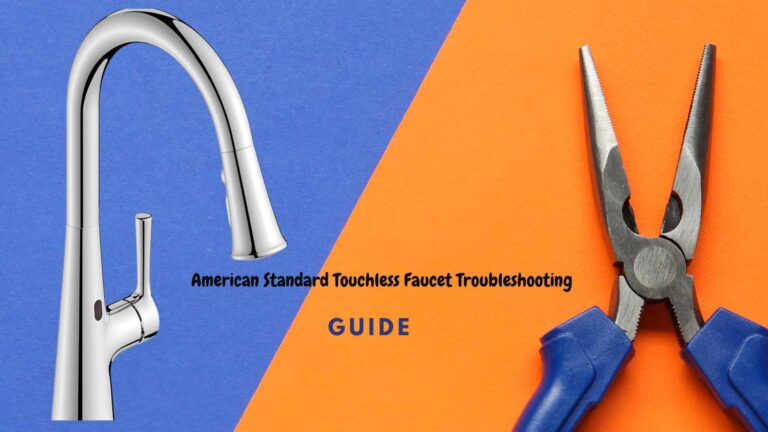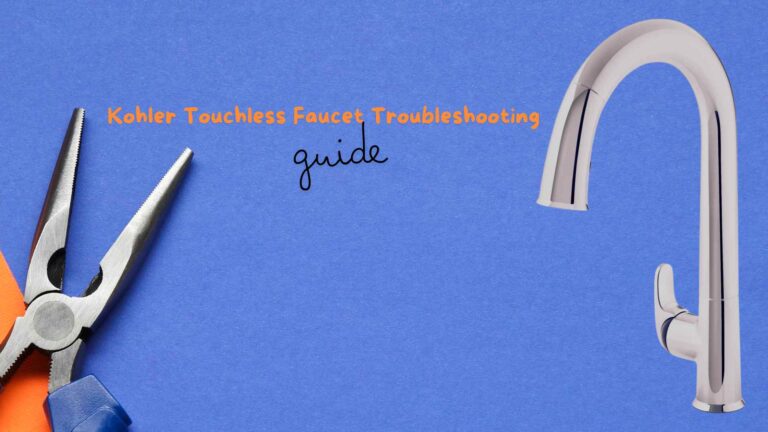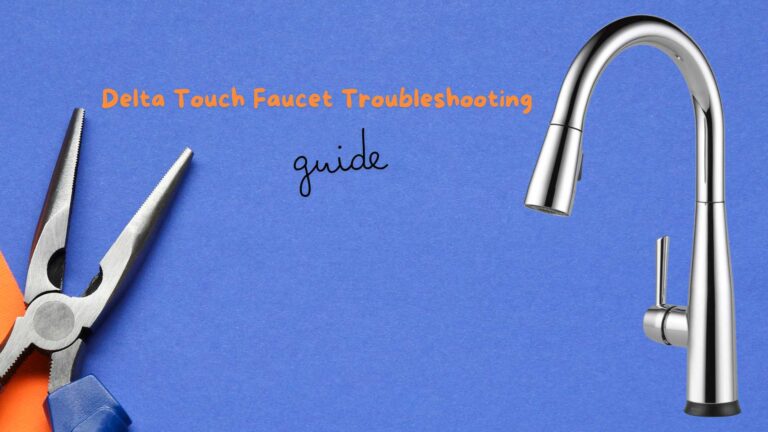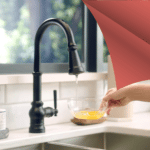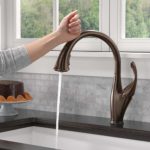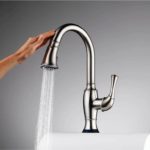Faucets are essential fixtures in every home, but over time, they can accumulate unsightly calcium deposits due to hard water. Left unchecked, these deposits not only make your faucets look dull and outdated but can also clog water flow and cause long-term damage. So, how do you prevent and remove calcium buildup from your faucets? In this guide, we’ll walk you through easy, practical methods to keep your faucets clean, shiny, and functioning efficiently.
What Causes Calcium Buildup on Faucets?
Calcium buildup on faucets is often a result of hard water. Hard water contains high levels of minerals, including calcium and magnesium. When water evaporates on the faucet’s surface, these minerals are left behind, forming chalky, white deposits known as limescale. Over time, these deposits can accumulate and affect the appearance and performance of your faucets. Hard water can also lead to clogged aerators, reduced water flow, and eventually damage to your plumbing fixtures if left untreated.
This is how a faucet looks when calcium builds up

When calcium builds up on a faucet, it appears as a white or off-white chalky residue, often forming crusty layers around the base, handles, or spout. These mineral deposits can cause discoloration, pitting, and leave the faucet looking dull and aged. Over time, the buildup becomes more noticeable, affecting both the appearance and performance of the faucet by restricting water flow and making it difficult to clean. Regular maintenance can help prevent this unsightly buildup.
How to Remove Calcium Buildup
There are several effective methods for removing calcium buildup from faucets, ranging from natural remedies to powerful commercial products. Here are a few tried-and-tested approaches:
1. Vinegar Method
White vinegar is a natural and affordable solution for removing calcium deposits. The acetic acid in vinegar breaks down calcium and limescale, making it easy to wipe away.
Instructions:
- Soak a cloth or paper towel in white vinegar.
- Wrap it around the faucet, making sure to cover areas with visible buildup.
- Leave the cloth in place for at least 30 minutes, or up to several hours for stubborn deposits.
- Remove the cloth and gently scrub the area with a soft brush or sponge.
- Rinse with water and wipe the faucet dry.
This method is effective because calcium is soluble in vinegar, which makes it easier to remove without damaging the faucet’s finish.
2. Baking Soda Paste
Baking soda is another household staple that works well for cleaning. Its slightly abrasive nature helps to scrub away calcium deposits without scratching your faucet.
Instructions:
- Mix baking soda with a small amount of water to form a thick paste.
- Apply the paste to the affected areas of the faucet.
- Let it sit for 15-20 minutes.
- Scrub the faucet gently with a soft brush or sponge, then rinse thoroughly with water.
For tougher stains, you can combine vinegar and baking soda to create a fizzy, powerful cleaning solution.
3. Commercial Limescale Removers
If home remedies don’t do the trick, commercial limescale removers are another option. These products contain stronger acids designed to dissolve mineral deposits quickly. They can be highly effective, but it’s important to follow the manufacturer’s instructions to avoid damaging your faucet’s finish or harming your plumbing.
Popular Brands:
- CLR PRO Calcium Remover
- Zep Industrial Limescale Remover
- Viakal Limescale Spray
Ensure you wear gloves when using these products, as they can be harsh on the skin.
How to Prevent Calcium Buildup on Faucets
While cleaning is essential, the best solution is prevention. Here are several ways you can reduce and prevent calcium buildup on your faucets:
1. Clean Your Faucets Regularly
Regular maintenance is key to keeping your faucets free from calcium deposits. Wiping down your faucets with a vinegar solution every week helps remove small amounts of minerals before they can accumulate. This simple habit can keep your faucets looking new for years to come.
2. Install a Water Softener
A water softener removes the calcium and magnesium from hard water, replacing them with softer minerals like sodium or potassium. Installing a water softener in your home can significantly reduce the buildup of calcium not just on your faucets but in your entire plumbing system. It’s a long-term solution that improves water quality and prevents costly repairs down the line.
3. Use a Water Filtration System
A filtration system installed at the point of use, such as under your sink, can filter out calcium and other minerals before they reach your faucet. This is a less expensive alternative to a whole-house water softener and can provide an immediate improvement in water quality and faucet maintenance.
4. Avoid Using Harsh Chemicals or Abrasives
Using harsh chemicals or abrasive cleaning tools can damage your faucet’s finish, making it more prone to calcium buildup. Stick to gentle cleaners like vinegar or non-abrasive commercial products to maintain the faucet’s protective coating and prevent damage that encourages mineral deposits.
5. Remove and Clean the Aerator
The aerator, located at the tip of your faucet, can become clogged with mineral deposits over time, leading to reduced water flow. Every few months, unscrew the aerator and soak it in vinegar to dissolve any calcium buildup. Scrub it gently with a brush and rinse it thoroughly before reattaching it.
Frequently Asked Questions (FAQ)
1. Does WD-40 Remove Calcium Deposits?
While WD-40 is not specifically designed for calcium removal, it can help loosen tough deposits in some cases. However, it’s not a long-term solution and may not be safe for all faucet finishes. Stick to natural cleaners like vinegar for regular maintenance.
2. Can Coca-Cola Remove Limescale?
Coca-Cola contains phosphoric acid, which can break down limescale to some extent. However, it’s not as effective as vinegar or commercial products, and it’s best to use cleaners specifically designed for calcium and limescale removal.
3. Does Bleach Remove Calcium Buildup?
Bleach does not dissolve calcium or limescale. It can disinfect and clean, but for removing mineral deposits, you’ll need an acidic cleaner like vinegar or a limescale remover.
4. Will Lemon Juice Remove Calcium?
Yes, lemon juice is effective at removing calcium buildup. The citric acid in lemons works similarly to vinegar in dissolving calcium deposits. Simply apply lemon juice to the affected area, let it sit for a few minutes, and scrub with a soft brush.
Conclusion
Calcium and limescale buildup on faucets are natural results of hard water, but with the right tools and regular maintenance, you can keep your faucets looking shiny and functioning well. By following the preventive tips in this guide, such as regular cleaning and using water softeners or filtration systems, you can avoid the hassle of frequent deep cleanings and extend the life of your fixtures. Have any of your own tips or methods? Feel free to share them in the comments below!


